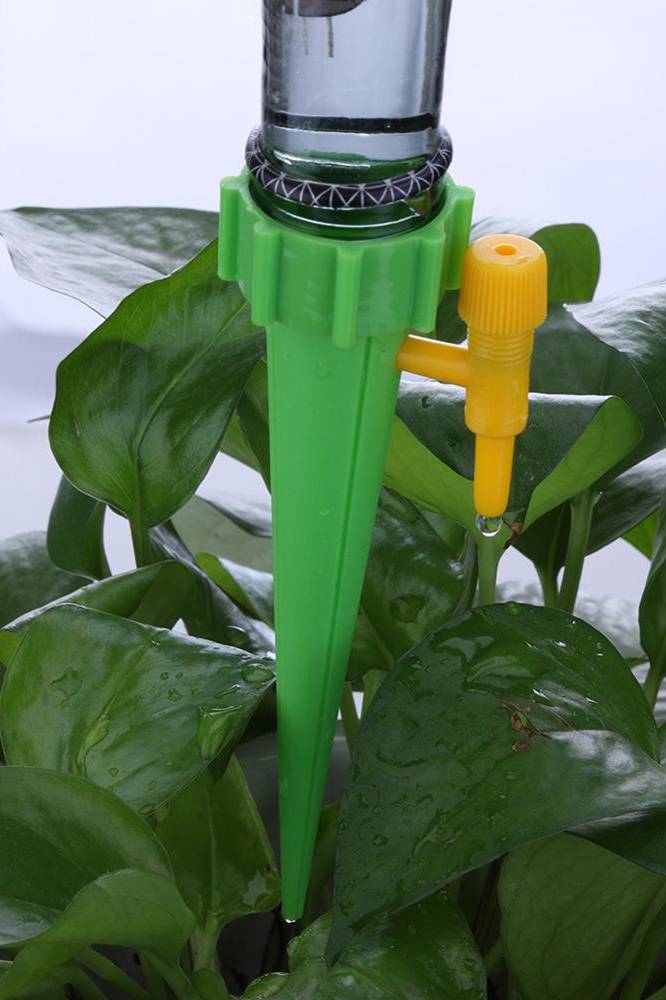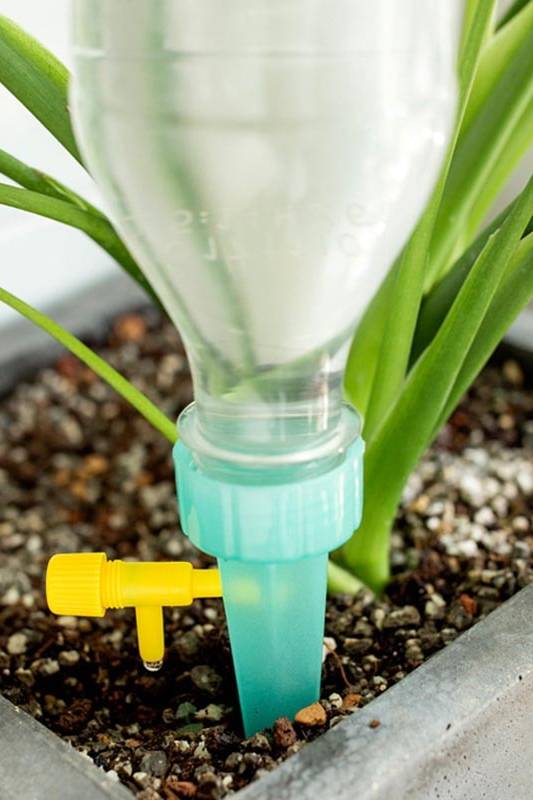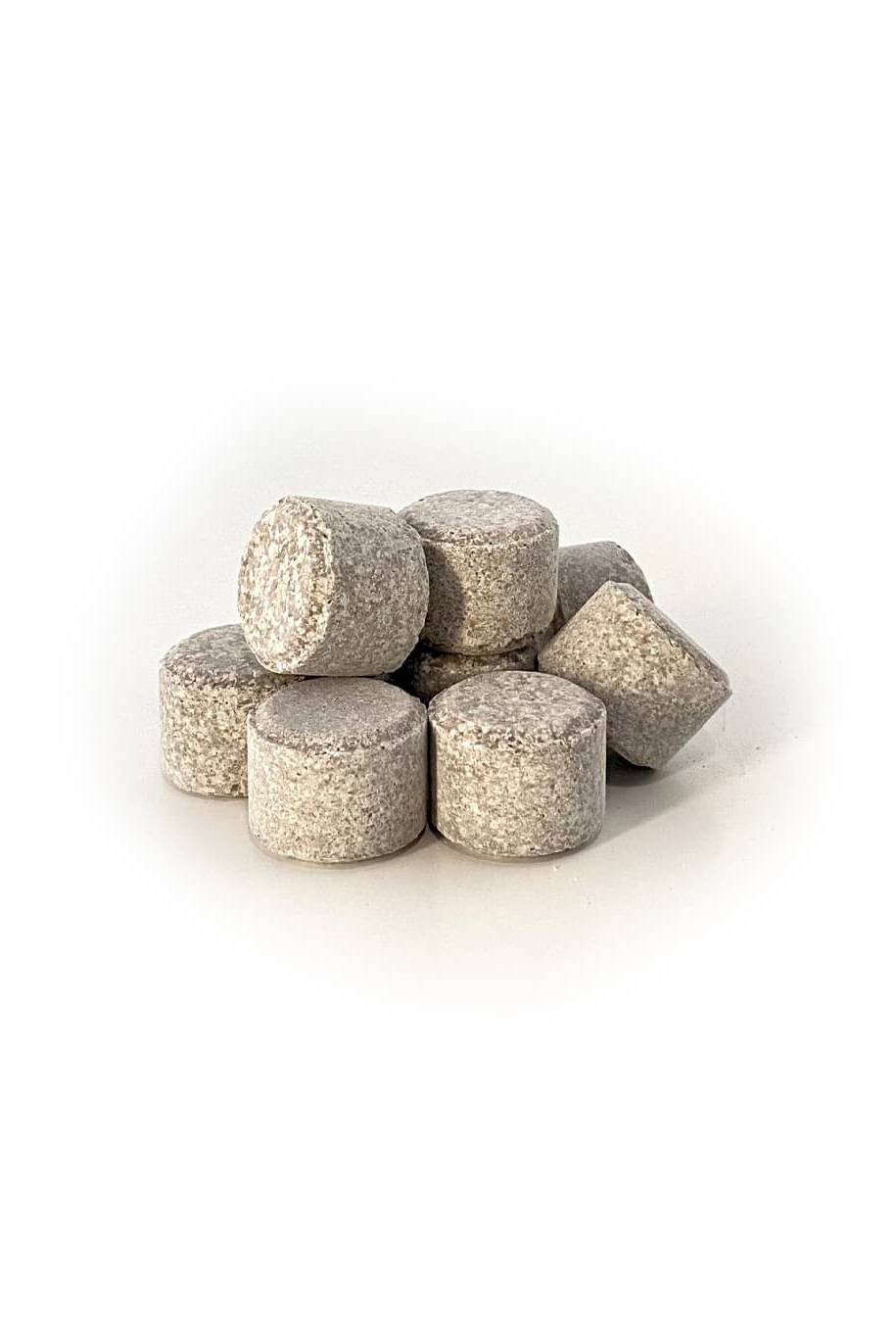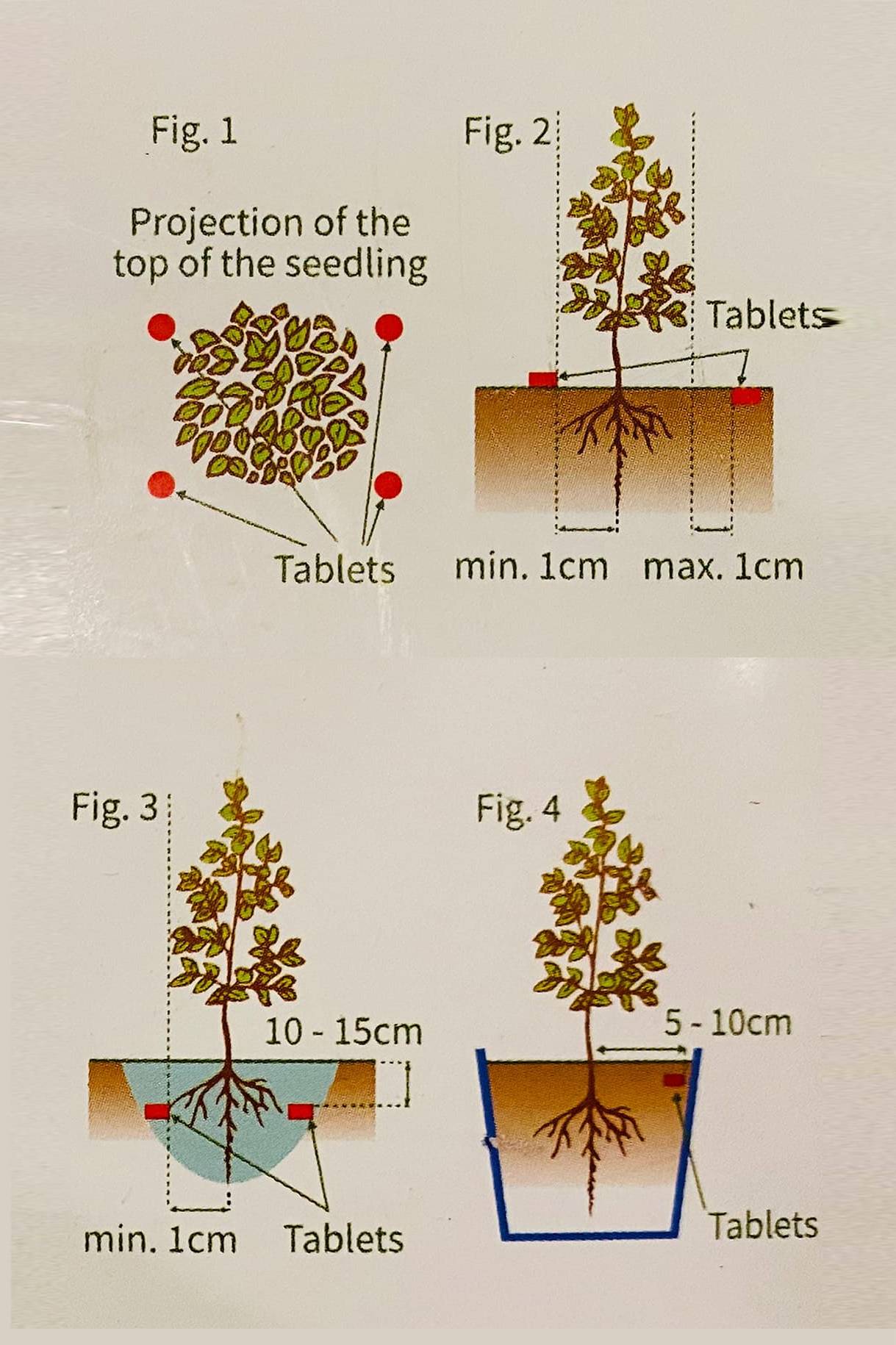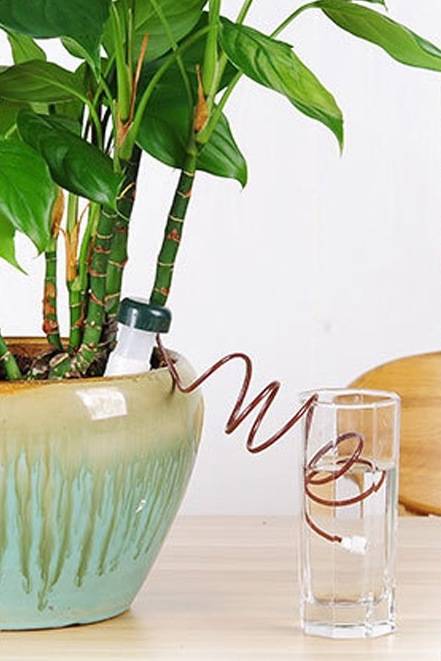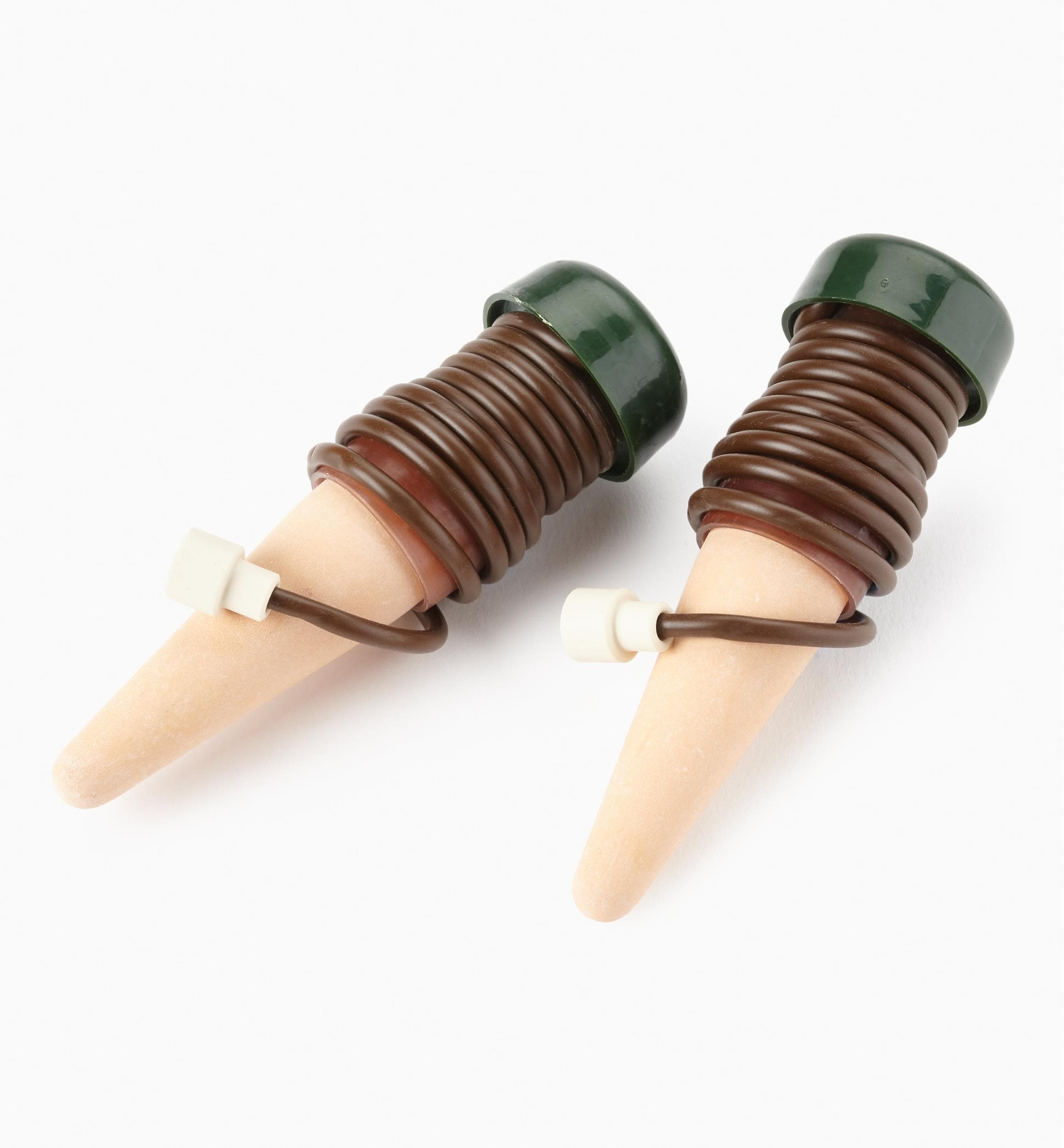Plant Bio
Ficus Bonsai, particularly in an XXXL size, is an impressive and striking addition to any indoor or outdoor garden. The most commonly used species for bonsai are Ficus retusa and Ficus benjamina due to their adaptability and ease of care. Here's a detailed description and care guide for a large Ficus Bonsai:
Description:
Foliage: Ficus bonsai trees have small, glossy, dark green leaves that are densely packed, creating a lush canopy. The leaves are typically oval-shaped and can vary slightly depending on the species.
Trunk and Bark: The trunk of a Ficus bonsai is often thick and gnarled, with a smooth, grey bark. Larger bonsai trees may have impressive aerial roots that descend from the branches to the soil, giving the tree a dramatic and aged appearance.
Size: An XXXL Ficus Bonsai can reach heights of up to 6-7 feet (1.8-2.1 meters) when properly cared for and shaped, making it a substantial and eye-catching centerpiece.
Care Tips:
Light:
Ficus bonsai trees thrive in bright, indirect sunlight. They can tolerate some direct sunlight, especially in the morning or late afternoon, but avoid harsh midday sun as it can scorch the leaves.
If growing indoors, place your bonsai near a south or west-facing window. Supplement with grow lights if natural light is insufficient.
Temperature:
Maintain a temperature range of 60°F to 75°F (15°C to 24°C) for optimal growth. Ficus bonsai trees prefer warm conditions and are sensitive to cold drafts and sudden temperature changes.
Avoid temperatures below 55°F (13°C), as prolonged exposure to cold can damage the tree.
Humidity:
Ficus bonsai trees prefer higher humidity levels. Indoor environments can be dry, especially during winter, so increase humidity by using a humidifier, placing a humidity tray under the bonsai, or misting the foliage regularly.
Watering:
Keep the soil consistently moist but not waterlogged. Water thoroughly when the top inch of soil feels dry. Ensure that excess water can drain away to prevent root rot.
Reduce watering frequency in winter when the tree's growth slows down. Always adjust watering based on the tree's needs and environmental conditions.
Soil:
Use a well-draining bonsai soil mix. A mix containing akadama, pumice, and lava rock or coarse grit is ideal. Good drainage is crucial to prevent water retention and root rot.
Fertilization:
Feed your Ficus bonsai with a balanced, water-soluble fertilizer every 4-6 weeks during the growing season (spring through early fall). Dilute the fertilizer to half strength to avoid over-fertilization.
During winter, reduce fertilization to once every 6-8 weeks, as the tree's growth slows down.
Pruning:
Regularly prune your Ficus bonsai to maintain its shape and size. Prune back new growth to the first or second pair of leaves to encourage a dense and compact canopy.
Remove any dead or yellowing leaves and trim aerial roots if they become too long or unmanageable.
Repotting:
Repot your Ficus bonsai every 2-3 years in early spring before the growing season starts. This prevents the tree from becoming root-bound and refreshes the soil.
During repotting, trim the roots carefully and ensure the new pot has good drainage.
Wiring:
Use bonsai wire to shape and train the branches of your Ficus bonsai. Wire can be applied at any time of the year, but be sure to check and adjust it regularly to avoid cutting into the bark as the branches grow.
Pest and Disease Control:
Common pests include spider mites, scale, and mealybugs. Inspect your bonsai regularly and treat any infestations promptly with insecticidal soap or neem oil.
Ensure good air circulation around the tree to prevent fungal infections and other diseases.
By following these care tips, you can enjoy a healthy, vibrant Ficus Bonsai that serves as a stunning and living piece of art in your home or garden.










